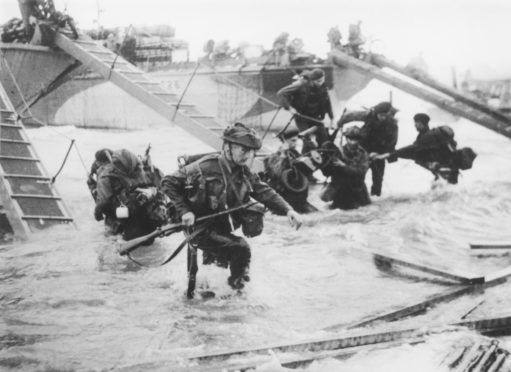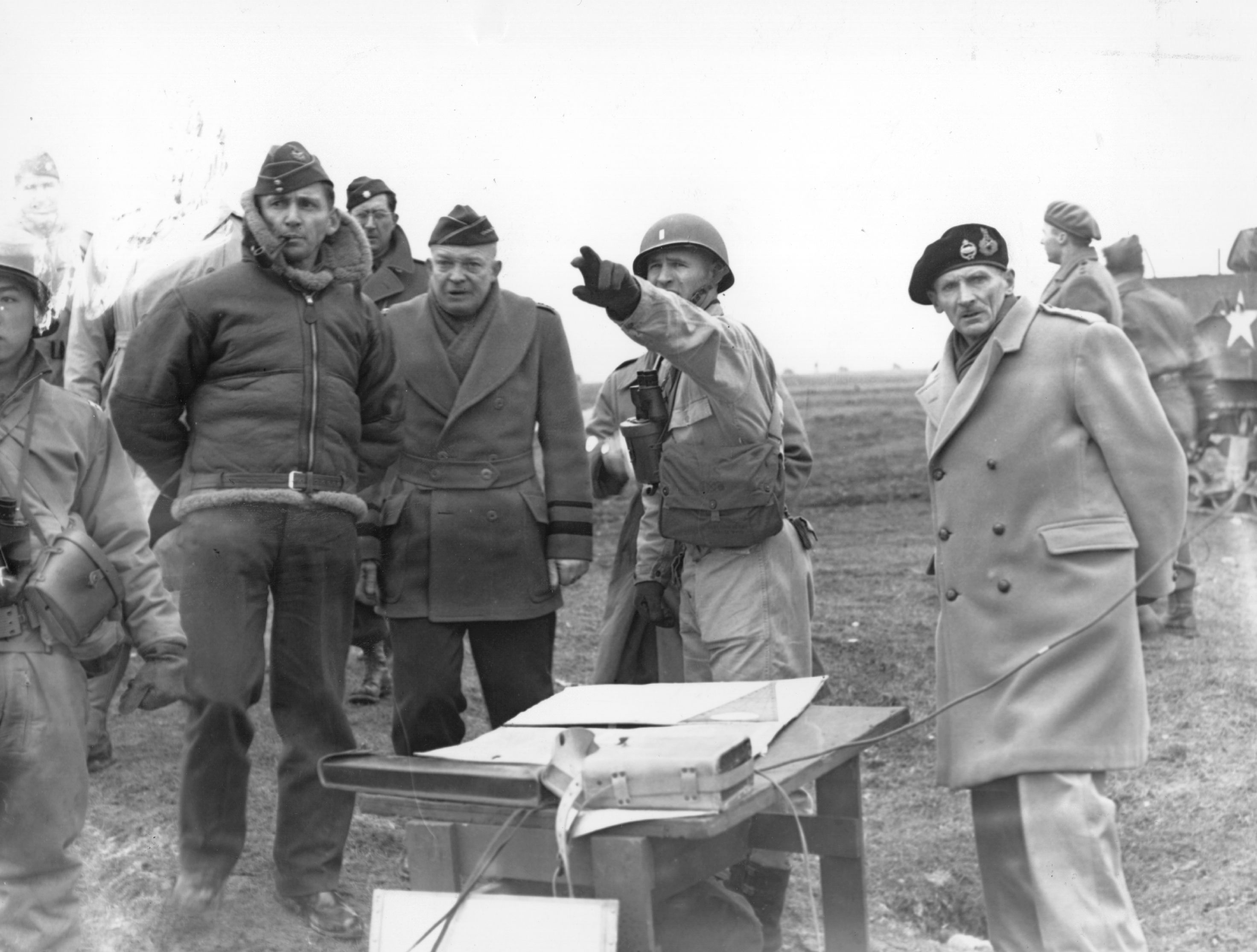
Many of you will be familiar with the bare facts of D-Day.
On June 6 1944, Operation Overlord saw airborne landings pave the way for the Allies to storm ashore on five beaches in Normandy, opening the long-awaited “Second Front”.
With the Soviets advancing from the east, the war in Europe would be over within a year as Hitler’s Third Reich was crushed.
But the story behind the landings, and the sheer scale and variety of preparations necessary, is less well known.
Detailed planning for the operation began in 1943 but the idea had already been around for two years, Joseph Stalin pressing his new allies to create a second front as soon as the German army invaded the Soviet Union in June 1941.
Indeed, as early as May 1942 the Soviets and Americans made a joint announcement on the “urgent task of creating a second front in Europe” that year.
However, Winston Churchill managed to persuade US President Franklin D Roosevelt to postpone as, even with American help, the Allies simply didn’t have the forces for such an invasion.
To appease Stalin, and to show their commitment to opening a western front, the Allies did mount a raid on the French town of Dieppe.
It was designed as a dress rehearsal to prove they could capture and hold a port for a short period, but it was a disaster as 60% of the troops – mainly Canadian – were killed, wounded or captured.
Dieppe proved the Allies could not invade in the short term but much was learned for the future, including the need to deal with the German defences as most of the landing force had been trapped on the beach by various obstacles.
These were part of the Atlantic Wall, an extensive system of coastal defences and fortifications that Nazi propaganda claimed stretched from “the cape of Norway to the Spanish border”.
Field Marshal Erwin Rommel, in charge of the Wall, believed Germany would be defeated unless an invasion could be stopped on the beach, and that the first 24 hours would be critical.
But while thousands of gun emplacements and concrete bunkers were built, millions of mines laid and anti-landing craft and booby-trapped anti-glider stakes known as “Rommel’s asparagus” embedded on the beaches and in fields, the Wall’s strength was exaggerated.
Many defences fell within hours and the Allies found others empty of weapons.
But that was still to come. After winning the North African campaign in mid-1943, the Allies invaded Sicily and Italy – “dubbed “Europe’s soft underbelly” by Churchill – but in reality it was anything but.
At the Trident Conference in May 1943, the decision was made to invade within a year, though planning was hampered by the number of landing craft already committed to the Mediterranean and Pacific “island-hopping” campaigns.
However, at the Tehran Conference in November, Roosevelt and Churchill promised Stalin they’d invade in May 1944.
Normandy was chosen as the closest point, the Pas-de-Calais, was too heavily defended and other options would have seen the Allies too easily contained.
Dwight D Eisenhower was put in overall command with British General Bernard Montgomery in charge of all land forces which would eventually number 39 divisions – 22 US, 12 British, three Canadian, one Polish and one French – more than a million men.
The British would attack the beaches codenamed Gold and Sword, the Canadians Juno, and the Americans Omaha and Utah, and the landings would be preceded by airborne assaults to secure the bridges needed to break out of the beachhead.
Needless to say, this vast army needed a huge amount of supplies and Britain was turned into a vast army base, stockpiled with munitions.
Seven million tons of supplies crossed the Atlantic and 17 million maps were made, the latter being hugely detailed thanks to the brave men of the Combined Operations Pilotage Parties.
They swam ashore from midget submarines under the cover of darkness to plant beacons and survey the beaches, taking samples and measuring gradients to make sure tanks could negotiate the sand.
To overcome the lack of port facilities, giant concrete “Mulberry” harbours were built that would be floated across the Channel to keep the supplies flowing.
Ingeniously, “PLUTO” – PipeLine Under The Ocean – was devised to pump 8,000 gallons of fuel a day to the invasion forces in pipes laid under the sea.
Also, 16,500 pigeons were dropped into France with questionnaires. It was hoped the locals would fill in to provide valuable intelligence.
More than 2,000 flew home, with the Germans so concerned they formed “Hawk Units” of snipers to shoot down any pigeons heading for the UK.
More than 80,000 guns were dropped to the French resistance fighters who would disrupt the Germans on the night of the invasion.
There was an extensive deception campaign, too, known as Operation Bodyguard. Spurious radio transmissions gave the impression that fictitious units were based in Kent, ready to attack Calais.
Even the royal family got involved. The then-Princess Elizabeth was pictured visiting these “ghost armies” while the King was reported to have visited his fleet “before battle”.
The mention of “cold and lonely northern waters” was enough to convince the Germans that he was in Scapa Flow and to divert resources to defend Norway against an invasion that never came.
To divert defences on the night of the attack, dummy paratroopers were dropped while bombers dropped foil over the Channel and tugs towed barrage balloons to mimic an invasion fleet far from the actual target, with German reinforcements rushing to the wrong areas.
In fact, so successful was the deception plan that Hitler refused to believe the Normandy assault was anything but a diversionary feint for several crucial hours.
Not all of the preparation went as smoothly, though. Exercise Tiger, an American dress-rehearsal for the landings, was ambushed by German motor-torpedo boats and in the chaos 946 soldiers and sailors were killed.
The survivors were sworn to secrecy and there were fears that 10 missing officers, who had detailed knowledge of D-Day, might have been captured.
Only when their bodies were recovered was it felt safe to give Overlord the green light.


Enjoy the convenience of having The Sunday Post delivered as a digital ePaper straight to your smartphone, tablet or computer.
Subscribe for only £5.49 a month and enjoy all the benefits of the printed paper as a digital replica.
Subscribe © Keystone / Getty Images
© Keystone / Getty Images